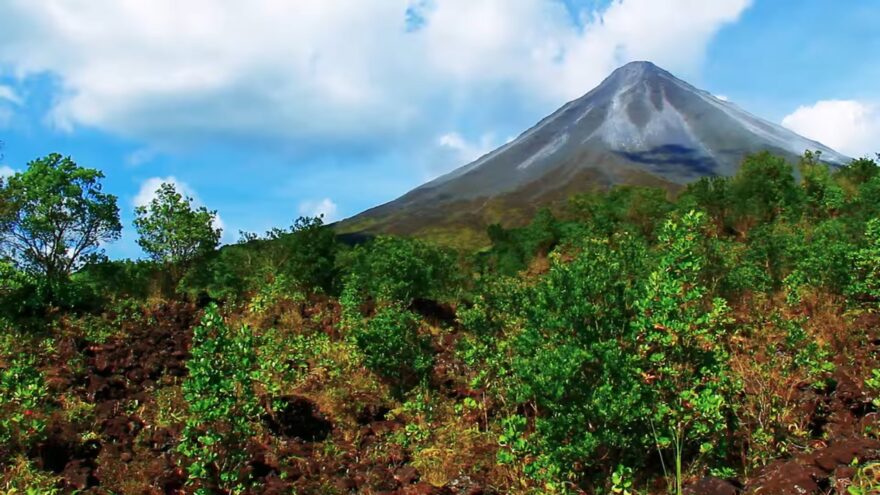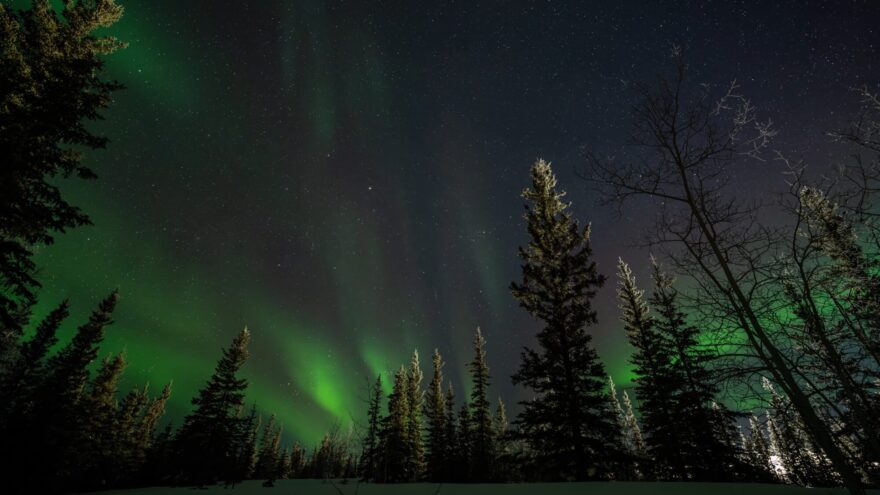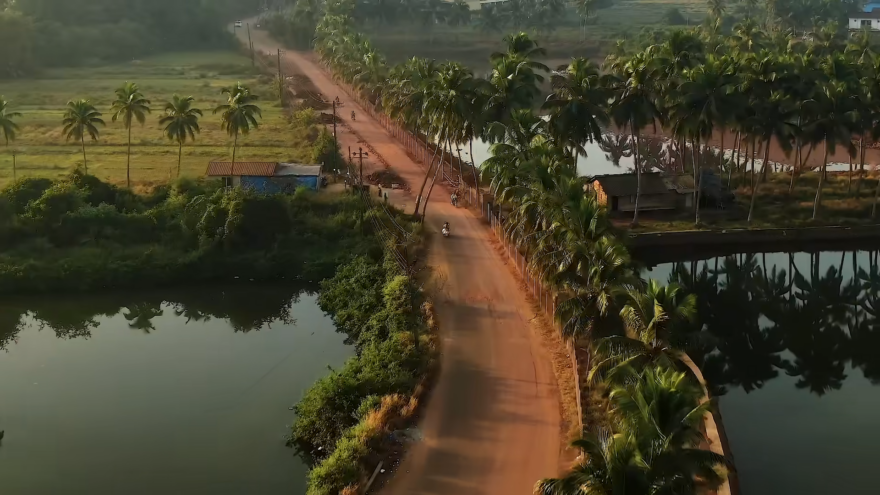Biodiversity is life’s true treasure. Not only are the ecosystems that surround us aesthetically pleasing but it also is the cornerstone of our survival. It seeks to label and characterise the natural bounty of the world into – the variety of different species (species diversity), the variety of genes contained in plants, animals, fungi and micro-organisms (genetic biodiversity) and all the different habitats that exist (ecosystem diversity).
What is Biodiversity and Why it is Important
So why should one care about biodiversity? Simply put, human beings exist because nature does. All components of biodiversity are equally important and an imbalance in the numerical strength or quality of any of these elements spells perilous, not only for human beings but for all-natural beings who are all in some manner or the other, involved in a complexly large and interlinked food chain. Even the demand for a cleaner environment constitutes a rightful demand to preserve biodiversity.
Also Read: Top 10 Most Beautiful Gardens In The World
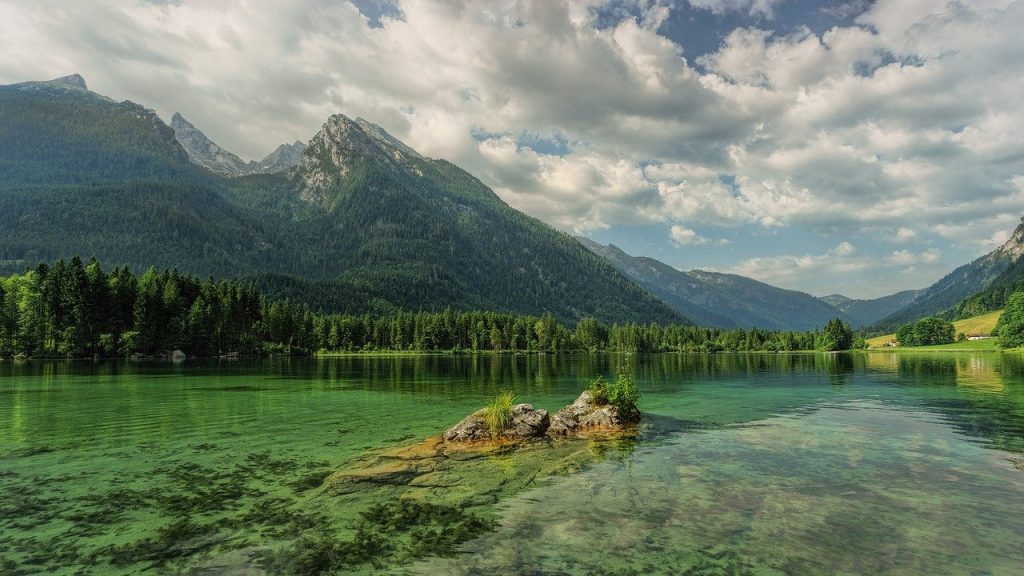
To understand how these are connected, here is an example- An investigative documentary by Al-Jazeera discovered the reason why so many women engaged in sugarcane harvesting in the villages of Maharashtra were getting hysterectomies. Medical tests done on these women revealed the presence of large amounts of toxic elements in the body. Barium contamination of almost 170 times the normal threshold of chronic toxicity, was the main reason why these women from low-income households were forced to get their uteruses surgically removed.
Also Read: 10 Oldest Trees In The World
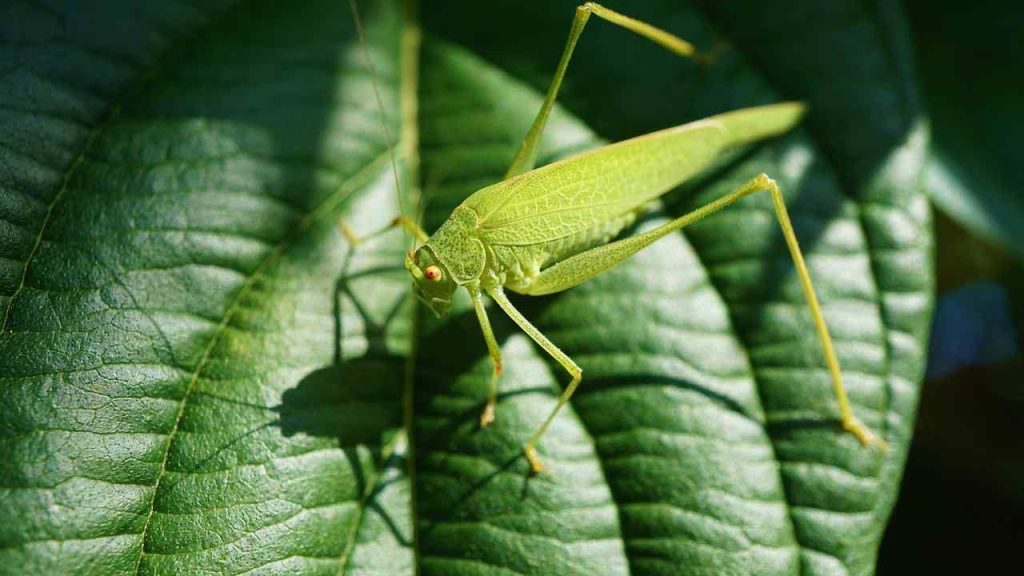
These highly toxic metals are extremely soluble and can spread across hundreds of acres seep into not only crops grown on the land but also in water bodies, potentially affecting and poisoning millions of people. How do these biodiversity hazards enter ecosystems in such numbers? Through human activities -direct and indirect, untreated sewage and industrial waste for example. The loss of Biodiversity is a serious threat and it is unfortunate that people are only beginning to realise what humankind has lost, and is on the cusp of losing. According to United Nations Children’s Emergency Fund, humankind comprises only 0.01 per cent of life on earth, but its destructive ways have led to an 83 per cent loss of wild mammals and the decimation of approximately half of the fauna in the world, in the past century alone.
Also Read: 10 Interesting Facts About Palm Oil
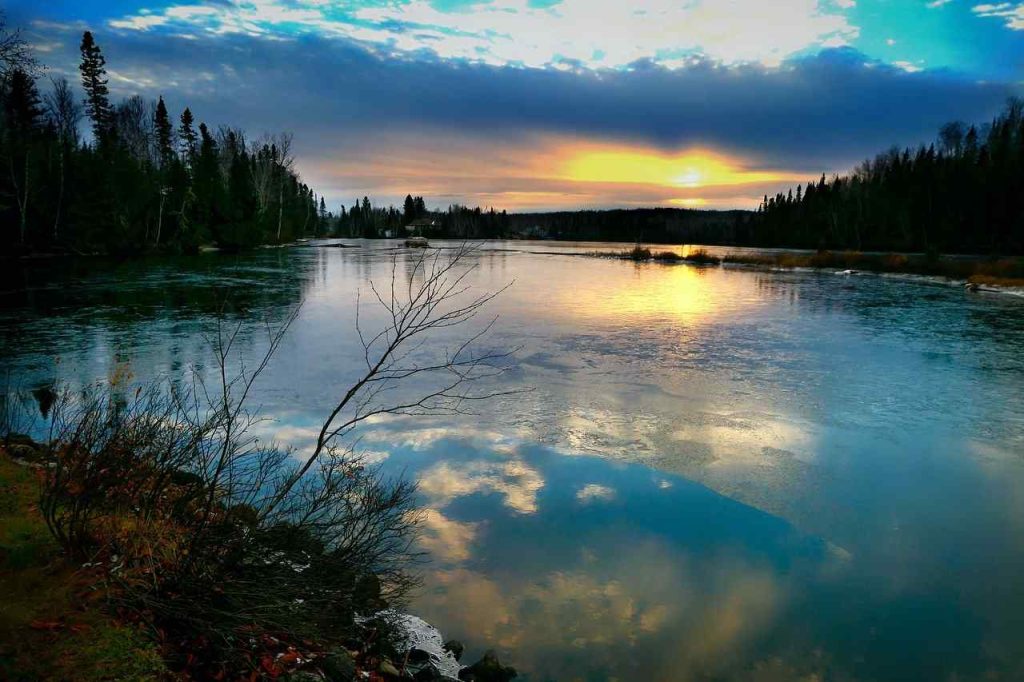
It is important to note that it is not a wise strategy to decide to label any living being as an inconvenience and try to exterminate it off the face of the earth. Even weeds, which most people discount as being “a useless plant, using up the nutrients other fruit or flower-bearing plants should be receiving”, are of extreme significance in nature when they are not found in excess. Weeds are vital to the ecosystem and protect and replenish degraded soil. They help natural control a number of insects and “pests”, and may also double as nutritious fodder. Thus, no component of biodiversity is truly undesired, and they all have a significant role to play in the life cycle of the planet. On 10th November 2024, a piece of international news broke the internet- A medical practitioner in Canada diagnosed a patient as “suffering from climate change”. As the threat of climate change and global warming looms over us, the need to preserve biodiversity is now more urgent than ever.
Also Read: 10 Greenest Cities In The World
The scientific definition encompasses the varieties of species found across the ecosystem. You can understand the meaning from this definition, but if you really want to feel what biodiversity is you’ll have to go out of the house and discover it yourself. Biodiversity is the spirit of nature; it is what has enchanted humans all over the world throughout the ages.
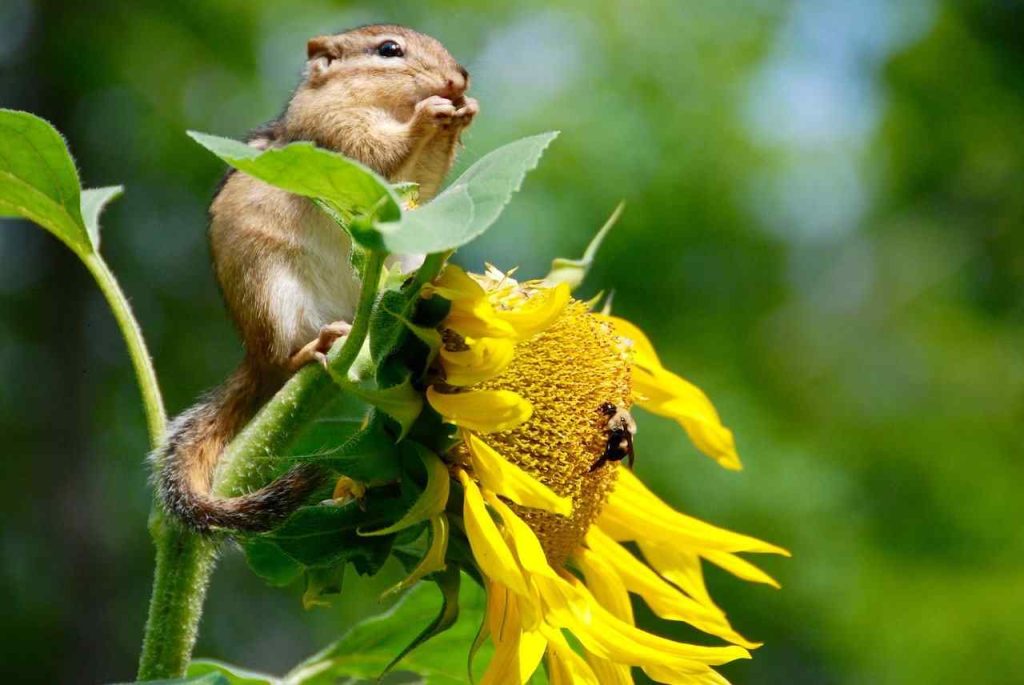
Biodiversity includes the flora and the fauna of a terrain. It is not as black and white as it appears. The shimmering fishes in the water, the birds flying high in the cool morning sky, the silence of the trees and the singing of parrots, the turtles in the blue water are what gives meaning to the term biodiversity. Genetic diversity: It means how diverse are the organisms present in an environment, genetically. Like an ape and an orangutan are closer in genetics than, say, a bird or a plant. More the diversity, vibrant the ecosystem.
Biodiversity isn’t only about how many species there are in a region, it also involves species richness i.e. how well is the diversity sustaining. A zoo can’t be called a biodiverse place because it is not ‘rich’ in any of the species found there. A place has to have a healthy population of a species that it can sustain on its own to be called biodiverse.
So where is this bounty of nature found?
India is blessed with abundant biodiversity. Her borders have been defined on the basis of plants and animals found here. The land of lions in the west, the land of white elephants in the east, whales and fishes in the ocean and Himalayan leopards in the north. It is no surprise then, that one of the names of our country ‘Jambudweep’ is derived from a tree.
Also Read: Top 10 Grassland Animals In The World
Though unfortunately, the pristine ecosystems are no longer as they used to be, if you wish to follow the call of nature here are some of the best places to try.
- Keibul Lamjao National Park: Situated in Manipur, this is the world’s only floating wildlife park. It is famous for its crystal clear water and lush vegetation. A ride in a kayak, in silent and serene clear water with the blue sky, as gentle wind touches your face, is sure to get all the stress out of your head. The rare once believed to be extinct brow-antlered deer is also thriving here now. Called a Sangai in local Manipuri, it holds a place of pride in local folklore and tradition and is the state animal of Manipur.
- Kanchenjunga National Park: Northeast India is truly a haven of biodiversity. Free of human intervention, this park gives you the view of snowy mountains as well as green forests. You are sure to spot the rare colourful birds and the cute red panda. Also called the Khangchendzonga National Park, it is situated in Sikkim, some 60 kilometres to the northwest of Gangtok. The highest mountain of India and the third highest in the world is also situated here called, you guessed it, Kanchenjunga.




